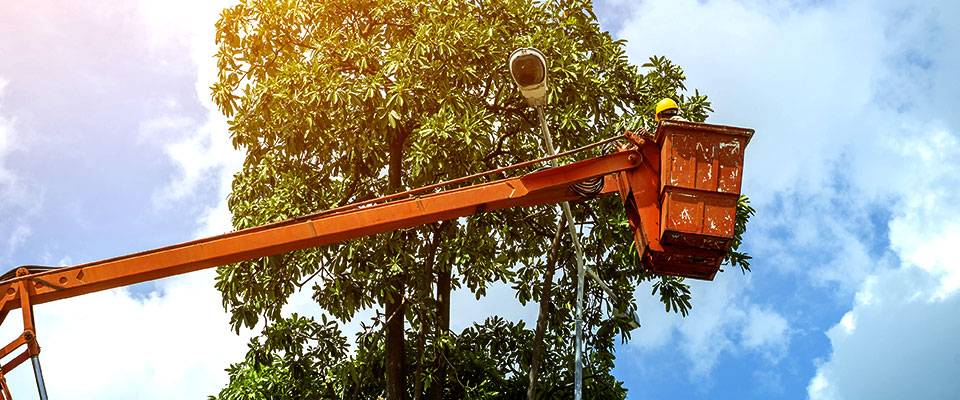
Rain, snow, sleet, and ice build-up effect light poles in many parts of the country. As a result, the poles can rust and corrode over time. If damage is left unchecked, light poles can eventually fail and fall onto the road, parking lot, or sidewalk below, endangering people and their vehicles.
To lessen or even prevent that risk, it’s important to conduct quarterly or, at a minimum, annual inspections of your light poles. When you regularly check their condition, you’ll be keeping your community safer. You’ll also extend the service life of the poles and be able to maintain their aesthetic appeal.
The steps of a proper safety inspection.
1. Study the pole shaft for rust, corrosion, dents, and other evidence that suggests the structural integrity has been compromised.
2. Check the brackets, arms, luminaires, and welds for signs of metal fatigue.
3. Look at the hand hole, base, and nut covers to make certain they’re securely attached.
4. Make sure all anchor bolt nuts are in place and tightened.
5. Inspect the entire unit for signs of vibration, like:
– Noise or humming in the pole
– Visual movement of the luminaire or pole
– Loosened or missing attachments or anchor bolt nuts
– Rust at the weld at the pole’s base.
When you take the time to properly inspect your light poles, you’ll reduce the likelihood of a serious injury, and you’ll save money by extending their lifespan.
Have questions? Ask Project Management or check out our pole info center.
Updated 5-29-2025





